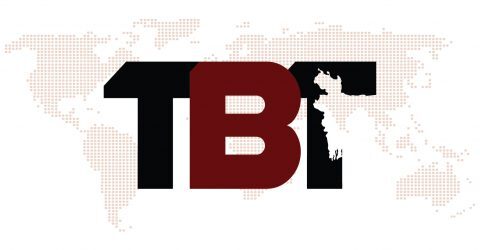Navigating Public Health: Lessons from Sweden’s Tax Strategy for Bangladesh
The Bangladesh The Bangladesh
Today

Rejaul Haque Kawshik : In the global struggle to address the complexities of tobacco consumption, Swedish government’s recent tax proposal on snus and cigarettes introduces a nuanced approach that could spark discussions on public health policies in Bangladesh.
The proposal to decrease taxes on snus by approximately 20%, coupled with a 9% increase in cigarette and smoking tobacco taxes- is a result of an agreement between the ruling government and the Sweden Democrats, with a specific focus on snus. This reflects a deliberate effort to align taxation with health considerations.
In Bangladesh, where the ambition of achieving a tobacco-free nation is central, Sweden’s approach prompts contemplation on potential strategies for harm reduction and tobacco control.
The rationale behind lowering taxes on snus lies in the belief that it poses a lower health risk compared to cigarettes and smoking tobacco products. This perspective acknowledges the more significant health hazards associated with traditional tobacco products, justifying higher taxes. The United States Food and Drug Administration (US FDA) since 2019 has authorized the sale and marketing of Snus in Sweden & the US with a claim that the products are essentially less harmful than traditional cigarettesonly after following a thorough scientific evaluation. Further real-world evidence to this, shows cigarette smoking rates for people aged 15+ in Sweden declining by as much as 22% in a span of almost 30 years (1990 to 2019), from 24,7% to 5,6%.
Michael Landl, Director of the World Vapers’ Alliance, commends Sweden’s approach, highlighting the importance of making less harmful alternatives more accessible through tax reductions. He sees this move as a practical implementation of harm reduction principles and encourages the European Union to consider similar strategies.
The parallels between Sweden’s approach and Bangladesh’s vision for a tobacco-free future are notable. Bangladesh has been actively pursuing anti-tobacco initiatives, with a commitment to creating an environment that discourages tobacco use. Sweden’s focus on harm reduction aligns with Bangladesh’s goal, emphasizing the need to explore strategies beyond outright prohibition.
The Public Health Authority’s estimate in Sweden reveals that a significant proportion of men use snus daily, highlighting the popularity of smokeless tobacco products. Bangladesh, too, faces the challenge of addressing smokeless tobacco consumption, such as the prevalent use of products like jarda and gul, which can have severe health implications.
Sweden’s approach invites Bangladesh to reconsider its own tobacco control strategies. While the cultural and regulatory contexts differ, the shared objective of reducing tobacco-related harm unites these nations. Bangladesh can draw insights focusing on harm reduction without losing sight of potential challenges and industry influences.
In conclusion, as Bangladesh continues its journey towards a tobacco-free future, Sweden’s proposalprovides a thought-provoking example for Bangladesh as it pursues its vision of becoming a tobacco-free nation. Balancing economic considerations, industry interests, and the imperative to protect public health is an ongoing challenge. As both nations strive to protect public health, the exchange of ideas and strategies becomes invaluable in shaping effective and evidence-based tobacco control policies in Bangladesh.
Writer: Graduate Teaching Assistant at Minnesota State University, Mankato




